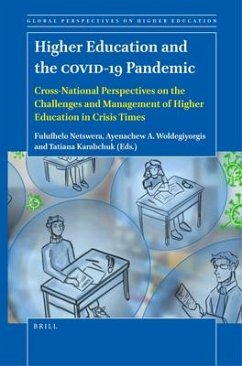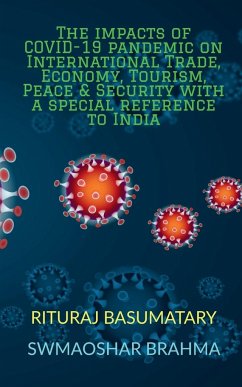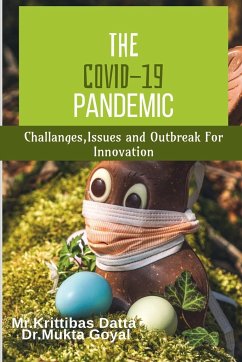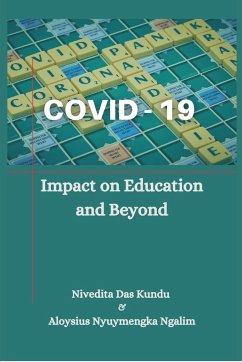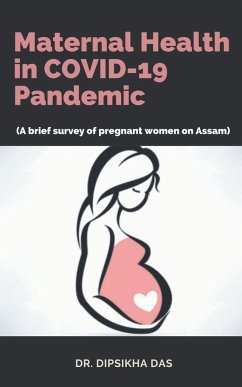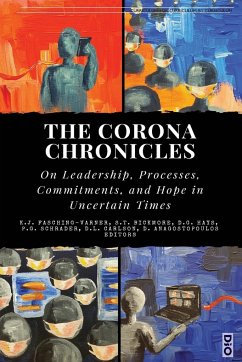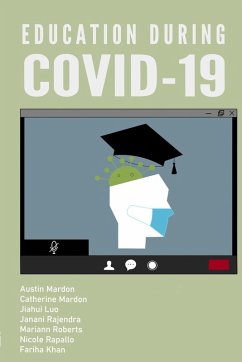Nicht lieferbar
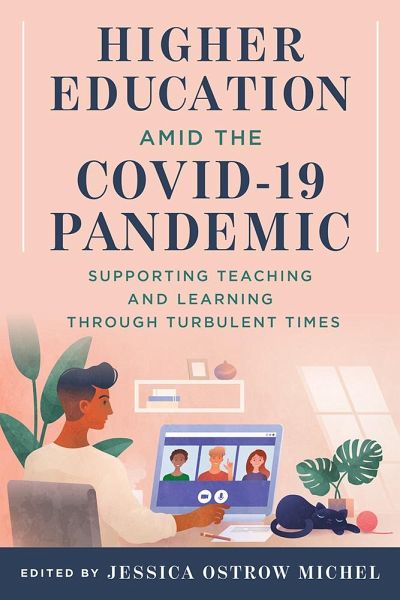
Higher Education amid the COVID-19 Pandemic
Supporting Teaching and Learning through Turbulent Times
Herausgeber: Michel, Jessica Ostrow
Versandkostenfrei!
Nicht lieferbar
Higher Education amid the COVID-19 Pandemic documents first-hand experiences from faculty and students in order to help navigate the path to supporting teaching and learning in the wake of the pandemic, and beyond. With essays from a diverse range of experts, this volume will serve as a comprehensive guide to many affected higher education communities.




